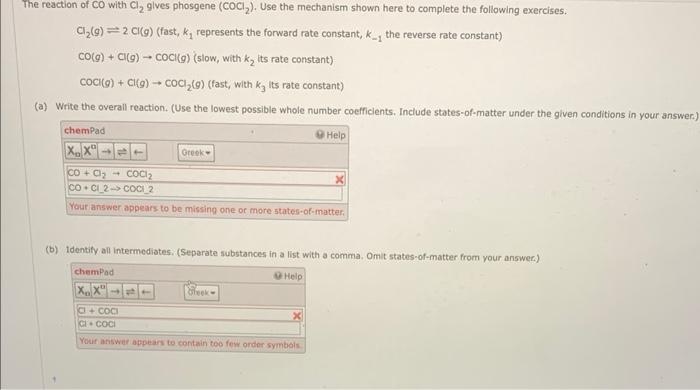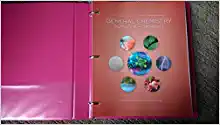Answered step by step
Verified Expert Solution
Question
1 Approved Answer
Cl2(g)2Cl(g) (fast, k1 represents the forward rate constant, k1 the reverse rate constant) CO(g)+Cl(g)COCl(g)(slow,withk2ltsrateconstant)COCl(g)+Cl(g)COC2(g)(fast,withk3itsrateconstant) (a) Write the overall reaction. (Use the lowest possible whole number

Step by Step Solution
There are 3 Steps involved in it
Step: 1

Get Instant Access to Expert-Tailored Solutions
See step-by-step solutions with expert insights and AI powered tools for academic success
Step: 2

Step: 3

Ace Your Homework with AI
Get the answers you need in no time with our AI-driven, step-by-step assistance
Get Started


